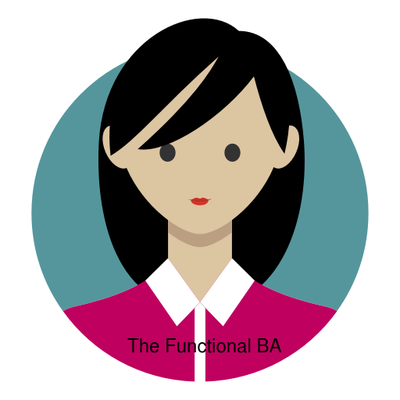A Scrum board is a visual tool that is used by the Scrum team to manage the project or initiative.
The Scrum teams use the scrum board to keep track of the work that is pending, currently being worked on and what has been completed.
So how does a Scrum Board actually work ?
A Scrum board can be as simple as a whiteboard with colored sticky notes or as complex as a Scrum software that is specifically designed to be used in Scrum project management.
The board is split into columns which shows the various stages that the user stories are currently in. The user stories are prioritised and chosen based on team events such as sprint planning, sprint retrospective, and the daily Scrum stand up meetings.
What are the columns in a scrum board ?
The columns that are commonly found in a scrum board include the following :
- Backlog: When a new user story is created, it should be added to the backlog column awaiting prioritisation and assignment. During the product backlog refinement meeting, those user stories are reviewed, prioritised and assigned to various development team members.
- Development : Once the user stories are prioritised and assigned, they are moved into the development/active stage to be worked on. Once the team member is done with the work, it is moved to next column which is Quality assurance column.
- Quality Assurance (QA) : Once the team member is done working on the user story, they move it to the QA column to be tested. The QA tester tests the work and based on the test results i.e. passed or failed, the user story is either moved to the next column which is the demo column or moved back to the development column for rework.
- Demo: If the user story passes the QA tests, then it is moved to the Demo column. User stories in the Demo column are ready to be shown or demonstrated to other team members and any additional invitees. The users stories in the Demo column are presented in the Demo session meetings.
- Closed: Once the user stories have been demoed and accepted by the team members and any other invitees, it is moved to the closed column because the work has been completed.

But what are the advantages of using a Scrum Board ?
- It provides visibility into the work that is pending, what the team are currently working on and what has been completed.
- It helps with team collaboration and interaction because the team members are able to view and discuss how the project is progressing. This can help stimulate conversations on how to complete the work especially if there is a particularly troublesome task that a team member is working on .
- It helps with resource planning management because the team members can see at a glance what they are working on and know how much more work they can take on in a particular sprint.

